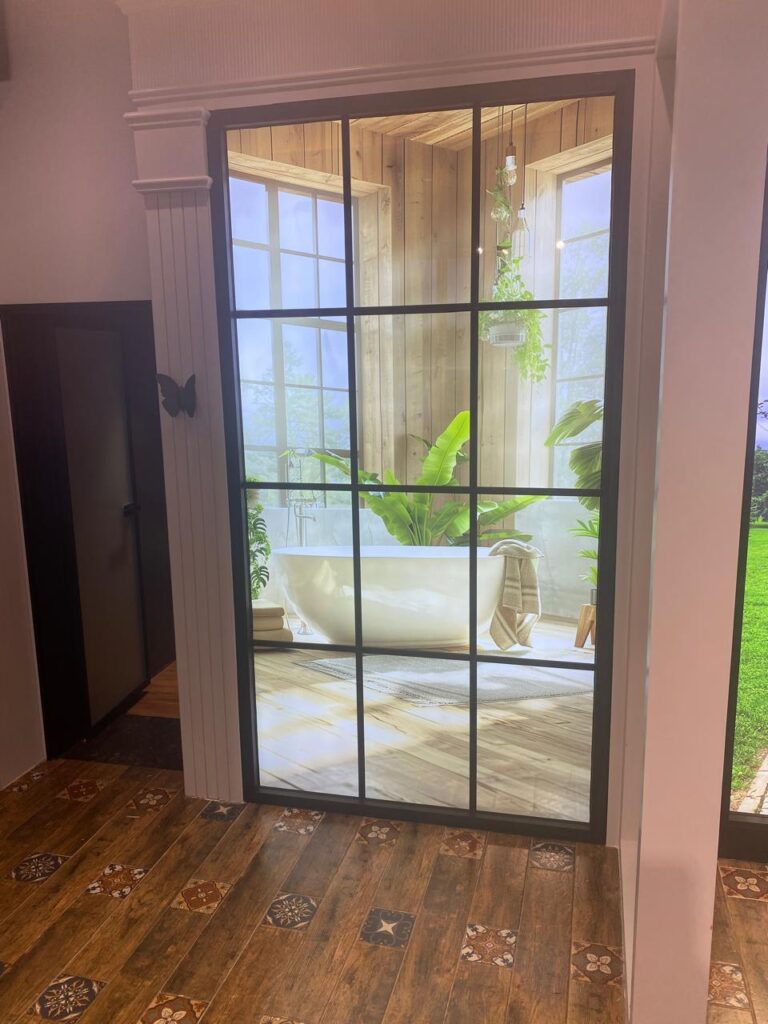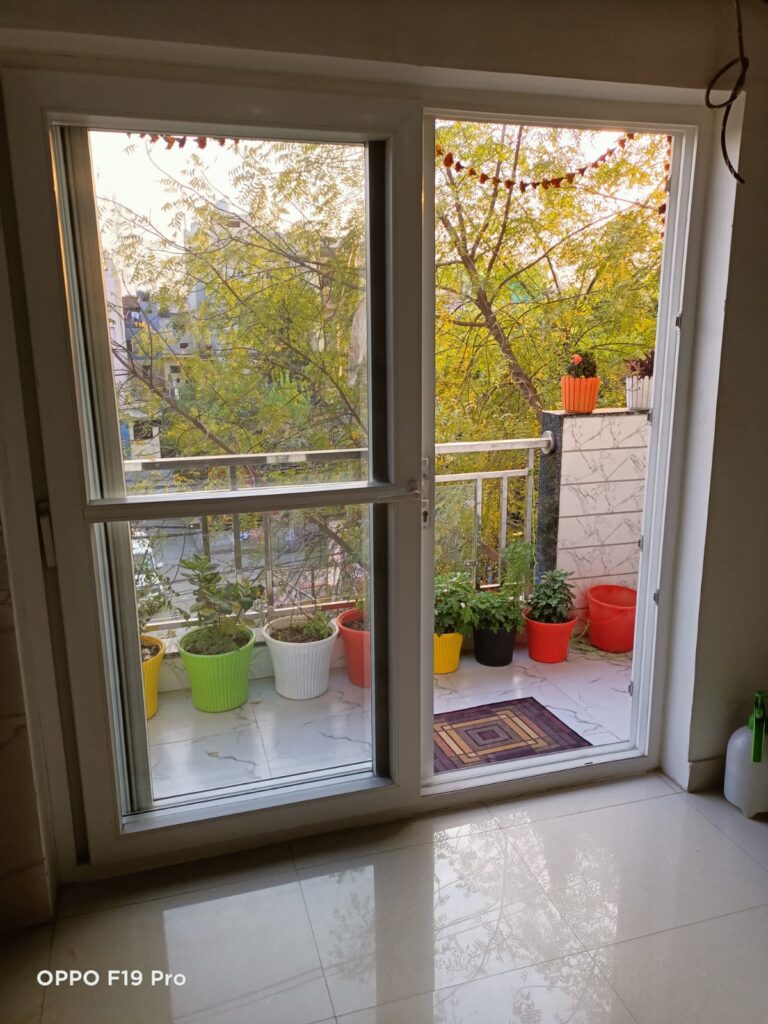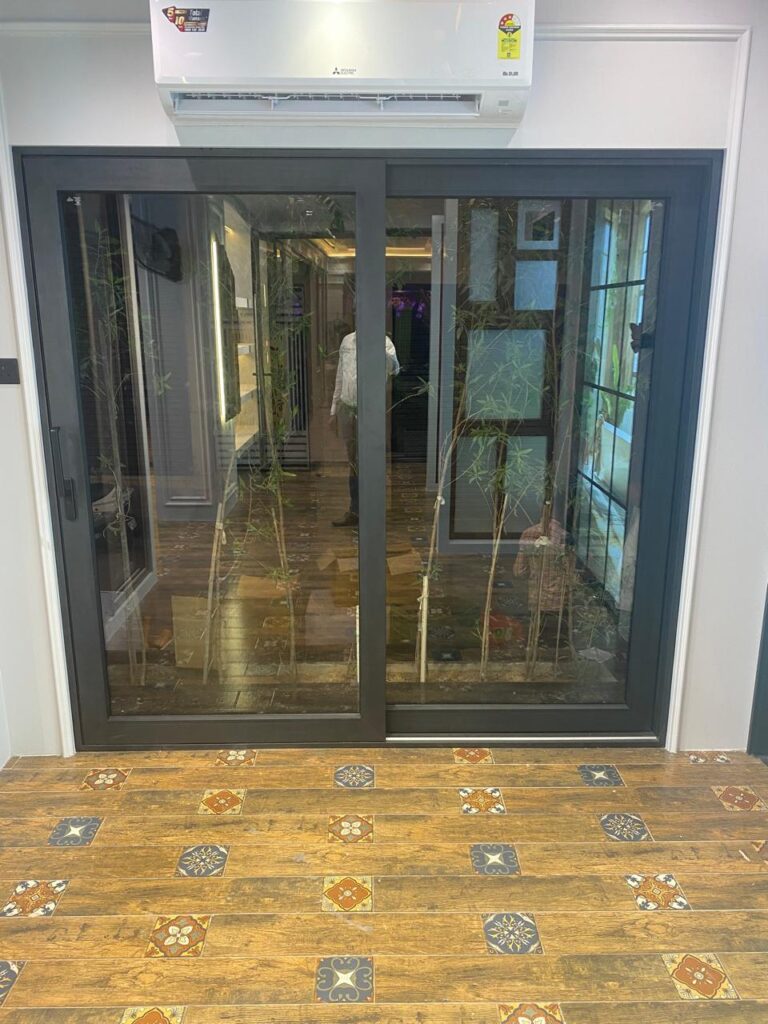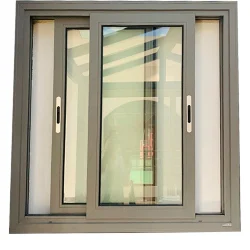
Aluminum profile doors are popular for both residential and commercial applications due to their durability, aesthetic appeal, and low maintenance. Aluminum doors can be used for a wide variety of purposes, from main entry doors to patio doors and industrial applications. They are available in various styles, designs, and finishes to suit different architectural needs.
Aluminum profile doors doors are an excellent choice for anyone looking for a balance between style, performance, and durability. They are ideal for both residential and commercial spaces where modern aesthetics and low-maintenance, high-performance products are desired. With their energy-efficient options, wide variety of designs, and strong, secure construction, aluminum doors are a versatile solution for any space.
UPVC doors (Unplasticized Polyvinyl Chloride doors) are increasingly popular for residential and commercial applications due to their excellent durability, energy efficiency, and low maintenance. UPVC doors are commonly used for both internal and external doors, including entry doors, patio doors, and sliding doors.
UPVC doors are extremely durable and can withstand harsh weather conditions such as rain, wind, and UV rays. Unlike wood, they don’t warp, rot, or crack, making them ideal for long-term use in varying climates.
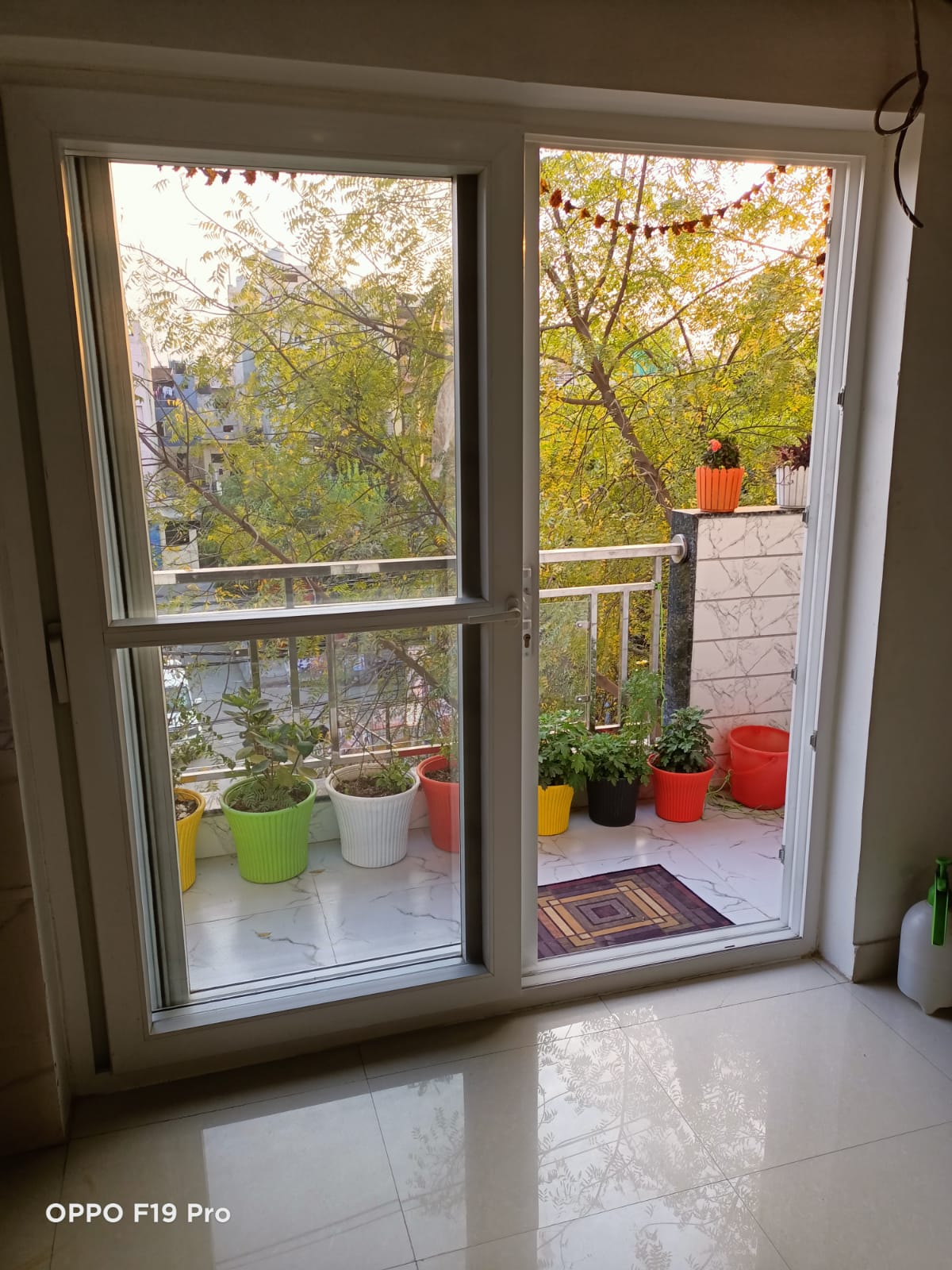
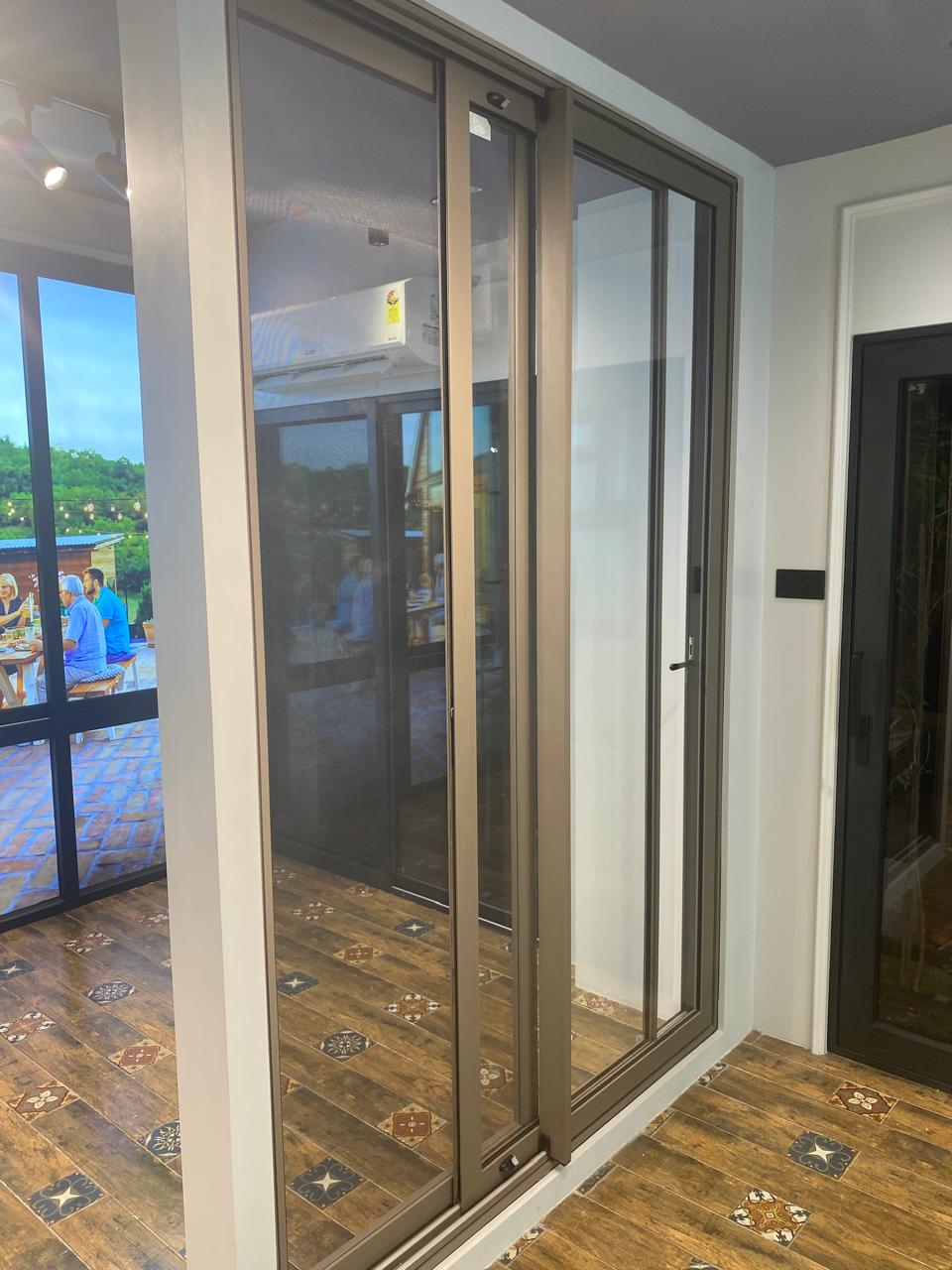
Aluminum doors are popular for both residential and commercial applications due to their durability, aesthetic appeal, and low maintenance. Aluminum doors can be used for a wide variety of purposes, from main entry doors to patio doors and industrial applications. They are available in various styles, designs, and finishes to suit different architectural needs.
UPVC doors (Unplasticized Polyvinyl Chloride doors) are increasingly popular for residential and commercial applications due to their excellent durability, energy efficiency, and low maintenance. UPVC doors are commonly used for both internal and external doors, including entry doors, patio doors, and sliding doors.


